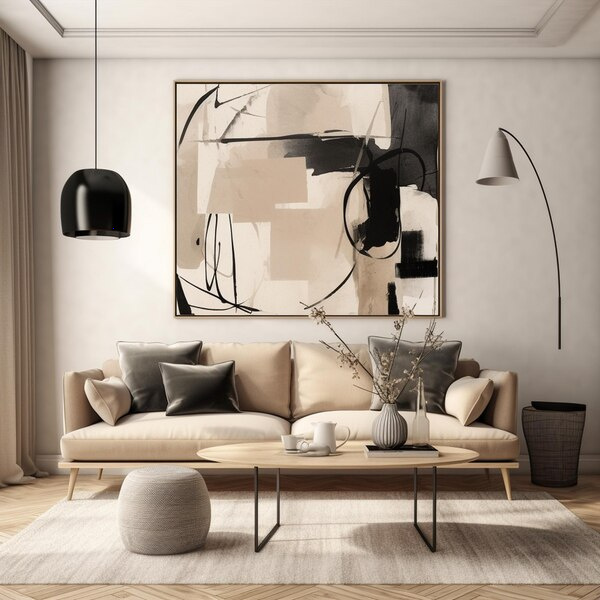The Transformative Power of Color in Interiors
The use of color in interior design is a potent tool that can completely transform a space, influencing not only its aesthetic appeal but also the mood and emotions of those who inhabit it. As such, understanding the role of color is essential for anyone looking to create harmonious and vibrant living or working environments.
Color psychology plays a significant role in interior design, with different hues eliciting specific emotional responses. For instance, warm colors like red, orange, and yellow can evoke feelings of energy, warmth, and enthusiasm. Red is often associated with passion and intensity, making it an effective choice for stimulating environments like dining areas or creative studios. Conversely, cool colors such as blue, green, and purple are known for their calming effects. Blue is often used in bedrooms and bathrooms to promote relaxation and tranquility, while green, which signifies growth and renewal, is ideal for spaces that aim to welcome and soothe, such as living rooms or home offices.
The impact of color on perception and space is another aspect that interior designers consider. Light colors tend to make rooms appear larger and airier, which is particularly beneficial in small apartments or rooms with limited natural light. On the other hand, darker colors can create an intimate and cozy atmosphere, best suited for expansive spaces that might otherwise feel impersonal.

Beyond psychology and perception, color can also serve as a reflection of personal style and cultural influences. The choice of color palette can convey a homeowner’s individuality, whether through bold, eclectic combinations or a more minimalist and understated selection. Additionally, colors can pay homage to cultural traditions and geographical influences. For example, Mediterranean-inspired interiors frequently incorporate earthy tones, such as terracotta and olive, reflecting the region's natural landscape.
In modern design, the trend is moving towards the use of dynamic color accents against neutral backdrops. This approach allows homeowners to introduce vibrant splashes of color through accessories or art pieces, providing flexibility to change the accent colors as seasons or preferences evolve, without committing to a complete overhaul of the room.
Color trends are ever-evolving, influenced by fashion, technology, and global events. However, timeless design principles emphasize balance and coherence. It is crucial to consider how different colors interact with each other and the overall impact they have on the space. Utilizing the color wheel, designers can create harmonious color schemes such as complementary, analogous, or triadic palettes, which guide how colors can be combined effectively.
In conclusion, color in interior design is much more than a mere decorative tool. It is an integral element that influences how a space feels and functions. By thoughtfully selecting and applying color, individuals can design interiors that not only reflect their personal style but also enhance their quality of life by creating environments that are both aesthetically pleasing and emotionally fulfilling. Whether opting for bold hues or subtle shades, the transformative power of color allows any interior to become a dynamic and inviting sanctuary.